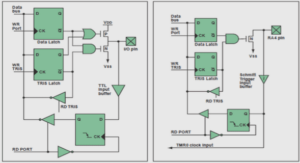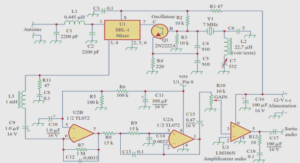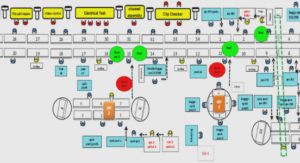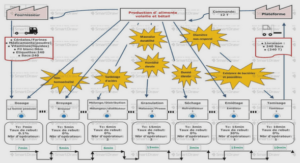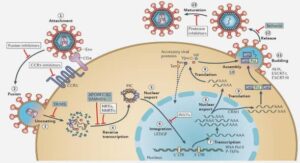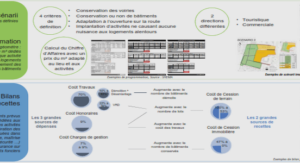Synthesis of substrates from N-alkylanilines
To a solution of N-methyl aniline (2 eq.) in ethanol (1M) was added diethylbromalonate (1 eq.). The reaction was then heated up to reflux overnight. After the complete consumption of the diethyl malonate (TLC), the reaction mixture was cooled to room temperature, concentrated under reduced pressure. The resulting crude material was dissolved in water and extracted with AcOEt (3x); then washed water (5x); dried over Magnesium sulfate and concentrated under reduced pressure to afford the pure malonate. portionwise NaH (2eq) at 0°C. The reaction was then heated up to relux overnight. After the complete consumption of the malonate (TLC), the reaction mixture was cooled to room temperature, quenched with a saturated solution of NH4Cl, extracted with AcOEt (3x); washed with small amounts of water (5x); dried over Magnesium sulfate and concentrated under reduced pressure. Purification by flash column chromatography generally afforded the pure monoalkylated malonate. To a solution of diethyl ketomalonate (1 equiv.) in toluene (0.5 M) was added the aniline (1 equiv.). The reaction was heated up to reflux in a Dean-Stark apparatus. After the complete consumption of the aniline (TLC), the reaction mixture was cooled to room temperature, concentrated under reduced pressure. The resulting crude material was used in the next step without further purification.
added portionwise NaH (2equiv.) at 0°C. The reaction was then heated up to relux overnight. After the complete consumption of the malonate (TLC), the reaction mixture was cooled to room temperature, quenched with a saturated solution of NH4Cl, extracted with AcOEt (3x); washed with small amounts of water (5x); dried over Magnesium sulfate and concentrated under reduced pressure. Purification by flash column chromatography (generally afforded the pure monoalkylated malonate). To a solution of the propargyl derivative in nitromethane (500 µl) was added the gold catalyst (0.01 equiv.). After the complete consumption of the starting material, the mixture was concentrated under reduced pressure. The resulting crude material was dissolved in CH2Cl2 and 5 % of pTSA was added to the solution. After the complete consumption of the methylene derivative, a saturated aqueous NaHCO3 solution was added to the mixture. The solution was extracted with AcOEt (3 times); dried over Magnesium sulfate and concentrated under reduced pressure to afford the pure dihydroquinoline. 6.59-6.56 (m, 1H minor isomer + 1H major isomer), 5.55 (s, 1H minor isomer), 5.50 (s, 1H major isomer), 4.24 (q, J = 7.1 Hz, 4 H minor isomer + 4H major isomer), 3.12 (t, J = 7.7 Hz, 2 H minor isomer), 3.00 (s, 3H minor isomer), 2.99 (s, 3H major isomer), 2.86 (t, J = 7.3 Hz, 2H major isomer), 2.82-2.74 (m, 2H minor isomer + 2H major isomer), 2.07-1.97 (m, 5H minor isomer + 5H major isomer), 1.28 (t, J = 7.1 Hz, 6 H minor isomer + 6H major isomer).
isomer), 7.39 (m, 2H minor isomer), 7.33 (m, 1H major isomer + 1H minor isomer), 7.22 (dd, J = 1.4 Hz, J = 7.7 Hz, 1H minor isomer=, 7.01 (m, 1H major isomer), 6.81 ( dt, J = 1.0 Hz, J = 7.5 Hz, 1H major isomer), 6.52 (d, J = 8.2 Hz, 1H minor isomer), 6.27 (d, J = 8.7 Hz, 1H major isomer), 5.74-5.72 (m, 1H major isomer + 1H minor isomer), 4.48 (q, J = 7.2 Hz, 2H minor isomer), 4.42 (q, J = 7.2 Hz, 2H major isomer), 4.14-4.02 (m, 4H major isomer + 4H minor isomer), 2.31 (d, J = 1.3 Hz, 3H major isomer), 2.26 (d, J = 1.3 Hz, 3H minor isomer), 1.50 (t, J = 7.1 Hz, 3H minor isomer), 1.45 (t, J = 7.1 Hz, 3H major isomer), 1.18-1.13 (m, 6H major isomer + 6H minor isomer). 141.8 (minor isomer), 131.8 (major isomer), 131.4 (minor isomer), 130.7 (1C major isomer + 2C minor isomer), 130.3 (2C, major isomer), 129.6 (2C, major isomer), 128.9 (minor isomer), 128.0 (2C, minor isomer), 127.9 (major isomer), 127.7 (minor isomer), 126.0 (major isomer), 124.0 (minor isomer), 123.0 (minor isomer), 121.1 (major isomer), 120.0 (major isomer), 119.6 (minor isomer), 118.2 (minor isomer), 117.7 (major isomer), 116.5 (minor isomer), 114.4 (major isomer), 73.9 (major isomer), 73.5 (minor isomer), 62.2 (2C, minor isomer), 62.1 (2C, major isomer), 61.0 (minor isomer), 60.5 (major isomer), 18.9 (major isomer), 18.7 (minor isomer), 14.5 (major isomer), 14.4 (minor isomer), 13.8 (2C, minor isomer), 13.8 (2C, major isomer).

